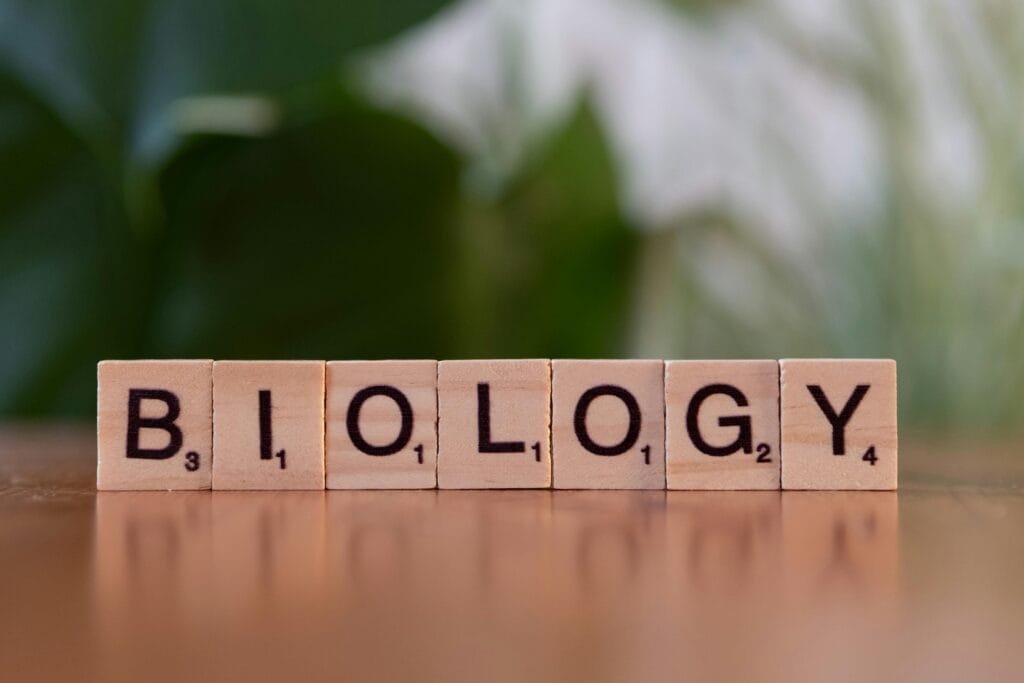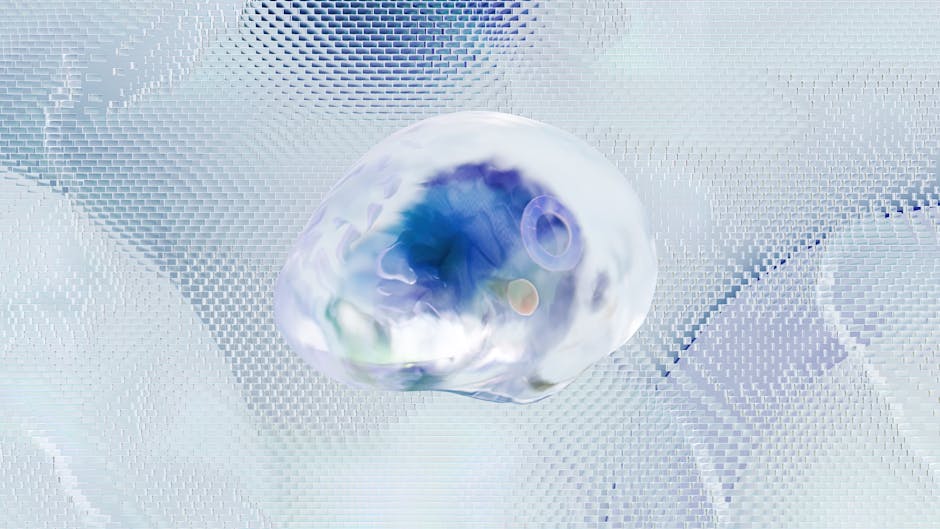
Why this matters (for skeptics)
Understanding how consciousness evolved—step by step from cellular sensing to complex brains—shows why nervous‑system defaults still drive modern behavior under pressure, raising anxiety, fueling procrastination, and narrowing focus even when effort increases. Treat these patterns as physiology, not personality, and use a brief reset to override defaults before they harden into depression‑like dips and recurring social problems; see How Stress Hijacks Your Brain at https://mindorigins.com/stress-hijack.
Spot evolutionary echoes fast (signals you can trust)
Notice status uncertainty, ambiguity, and information overload triggering micro‑checking, avoidance, and over‑perfection—classic echoes of survival circuitry. Label the pattern (“defaults online”), then apply a short reset to restore focus and social intelligence; drills at Rewiring Your Brain for Calm and Focus: https://mindorigins.com/rewiring-brain.
3‑step Reality‑Check Reset (2–5 minutes)
Regulate: 6 slow nasal exhales; relax jaw/shoulders; soften gaze; stand and stretch to lower arousal and recover focus.
Reframe: name the friction—uncertainty, reputation risk, overload—then define one 2–5 minute starter (open doc, 3 bullets, one clarifying question) to shrink procrastination.
Reward: checkmark, one slow breath, brief walk so relief follows action, not avoidance; for why worry persists, see Understanding Anxiety from an Evolutionary Perspective: https://mindorigins.com/anxiety-evolution/.
Design choices that keep gains
Information diet: 3 trusted sources per topic; one capture list to cut cognitive drag and anxiety.
Time frameworks: focus windows (15–25 min) with a visible “done” to override defaults and protect focus.
Tech boundaries: batch notifications; night modes; devices outside the bedroom to reduce depression‑like dips.
Social intelligence under pressure
Use “listen, label, lead”: listen for the real constraint (scope, timing, role), label it plainly, then lead with one testable next step. This prevents social problems and replaces mind‑reading with clarity.
Below is the full article.

Introduction to the Journey of Consciousness
Overview
The evolution of consciousness is a central inquiry in biology and philosophy. The path from simple cellular life to the complex cognition observed in humans and other advanced species is not merely a story of biological progression; it also traces the emergence of awareness itself. Early life began as rudimentary cells that survived by responding to environmental stimuli without reflection. As organisms evolved, cellular assemblies grew more complex, culminating in multicellular bodies with specialized tissues. This increasing complexity paved the way for nervous systems capable of integrating information, learning from experience, and—in time—self‑monitoring and reflection.
The Origins of Life: Cells as the Building Blocks
Unicellular foundations
The origin of life on Earth concerns how simple biological structures gave rise to the complex systems seen today. At the core of this narrative are unicellular organisms—bacteria and archaea—considered the earliest forms of life. Despite their structural simplicity, they perform all vital functions within a single cell and possess remarkable metabolic diversity, enabling survival across a wide range of environments. These organisms laid the biochemical and ecological foundations for later life, from nutrient cycling to the evolution of energy strategies, establishing a toolkit reused by multicellular organisms.
From single cells to multicellularity
The transition from unicellular to multicellular organization marked a decisive milestone. Specialization of cells into tissues and organs enabled division of labor, coordination, and resilience. Cellular differentiation created the conditions for complex information processing—an essential precondition for higher cognition. In this sense, the simplicity and adaptability of bacterial and archaeal life set the stage for the biological diversity and cognitive potential observed today.
From Simple Responses to Complex Behavior
Single‑cell strategies
The progression from simple cellular responses to complex behaviors reveals a continuous evolutionary trajectory. Single‑celled organisms exhibit chemotaxis—movement toward nutrients and away from toxins—and phototaxis—orientation based on light—demonstrating adaptive, rule‑like responses to environmental cues. In plants and some multicellular organisms, phototropism (growth toward light) further illustrates how sensing is coupled to adaptive action.
Coordinated behavior in multicellular organisms
With multicellularity, behavioral complexity increased. The emergence of simple nerve nets, as seen in jellyfish and other cnidarians, supported distributed integration of sensory inputs and transformed isolated reflexes into patterned, coordinated behavior. The rise of specialized sensory cells (for detection) and motor cells (for action), supported by auxiliary cell types, enabled organisms to interact with their environments in more flexible and efficient ways.
The Evolution of the Nervous System
From nets to centralization
The advent and refinement of nervous systems marked a pivotal step from simple organisms to those capable of complex behavior. Early nerve nets permitted basic reflexes and widespread coordination without central control. In bilaterian lineages, neural centralization produced longitudinal nerve cords and anterior processing centers, improving the comparison of inputs, temporal sequencing of actions, and the capacity for simple planning.
Vertebrate specializations
In vertebrates, further specialization yielded spinal reflex circuits for rapid responses; hindbrain structures for vital rhythms and autonomic control; midbrain regions for orienting to salient stimuli; and forebrain systems for contextual integration, memory, and decision‑making. Strengthened connectivity across cortical and subcortical loops increased capacities for learning, memory consolidation, and problem‑solving—shifting behavior from reactive patterns toward prediction, strategy, and goal‑directed control.
Introduction of Sensory Perception and Learning
Expanding perception
Sensory perception—through specialized receptors for light, sound, chemicals, and mechanical forces—vastly expanded the bandwidth and precision of environmental sampling. Hierarchical neural processing then compressed raw inputs into actionable features (edges, pitches, textures, odors), enabling efficient recognition and tracking of relevant signals.
Learning and memory systems
Learning mechanisms evolved alongside perception. Habituation filters repetitive, inconsequential stimuli; sensitization prioritizes response to potential threats; classical conditioning links cues to outcomes; and operant conditioning ties actions to their consequences. Memory systems—short‑term buffers, long‑term stores, and systems for episodic and semantic information—allow past experience to guide present choice. Sleep‑associated consolidation stabilizes useful patterns and improves future performance. Together, refined sensing and learning transformed fixed routines into adaptive strategies suited to changing environments.
The Rise of Social Structures and Communication
Survival advantages of groups
The emergence of social behavior conferred clear survival advantages: shared vigilance, cooperative foraging, defense, and enhanced care of offspring. To coordinate within groups, species evolved communication systems—chemical trails in insects, gestures and vocalizations in mammals, dances in bees, and complex songs in birds and cetaceans—that synchronized attention and action across distance and time.
Communication and cultural transmission
Crucially, social learning (imitation, teaching, and teaching‑like scaffolding) enabled the transmission of effective behaviors more rapidly than genetic change, allowing the accumulation of traditions in many taxa. In humans, language greatly amplified these processes, supporting abstract ideas, shared norms, cumulative technologies, and large‑scale cooperation across generations. Social structures and communication thus provided a second inheritance system—culture—layered atop biological evolution.
The Development of Abstract Thinking and Self‑Awareness
Planning and abstract representation
As brains became more modular and interconnected—particularly in mammals and birds—cognition extended beyond the here‑and‑now. Tool use, multi‑step planning, and problem decomposition attest to internal models that simulate possible futures and explore counterfactuals (“what if?”). Such abilities reflect abstract representation rather than mere stimulus–response chains.
Self‑models and social cognition
Evidence for self‑models—such as mirror self‑recognition in some species, perspective‑taking, and the capacity for delayed gratification—suggests minds capable of representing their own states as well as those of others. These capacities underpin empathy, norm‑following, moral judgment, and the complex social contracts that characterize advanced social species. In humans, extended development, language, and education further elaborate abstract reasoning and reflective self‑awareness.
Consciousness: Definitions and Theories
Global workspace perspectives
Consciousness is commonly framed as flexible awareness of, and responsiveness to, one’s environment and internal states. Global workspace perspectives emphasize the flexible broadcasting of information across specialized neural systems, enabling report, coordination, and deliberate control across domains.
Integrated information accounts
Integrated information accounts link subjective qualities to recurrent, differentiated neural dynamics and rich causal structures within the brain, proposing that the extent of integration and differentiation shapes experience.
Embodied and enactive views
Embodied and enactive views stress continuous brain–body–environment loops, arguing that perception is organized for action and shaped by bodily constraints and ecological context.
Shared aim
These approaches share a goal: to explain how biological structure and dynamics yield the subjective, integrated character of experience.
Implications of Understanding Consciousness
Ethics, welfare, and clinical relevance
Recognizing graded forms of consciousness across species supports stronger standards for animal welfare, conservation, and experimental ethics. Clinically, improved models of conscious processing refine anesthesia practice, coma and disorder‑of‑consciousness assessment, pain inference, and neuropsychiatric care by linking subjective reports with measurable neural dynamics.
Open questions
Open questions remain: the minimal neural motifs and timescales required for experience; metabolic and wiring limits on conscious processing; and how attention, language, and social interaction sculpt conscious contents across development.
Conclusion
A scalable strategy for integration
From cells to selves, evolution progressively improved prediction, control, and cooperation through richer information loops. On this view, consciousness is a scalable strategy for integrating the right information at the right time for the right goals—grounded in biology, refined by learning, and expressed in adaptive behavior. Seeing how awareness emerged does not diminish its depth; it clarifies the mechanisms that support it and points to ways of protecting and cultivating it across contexts.
